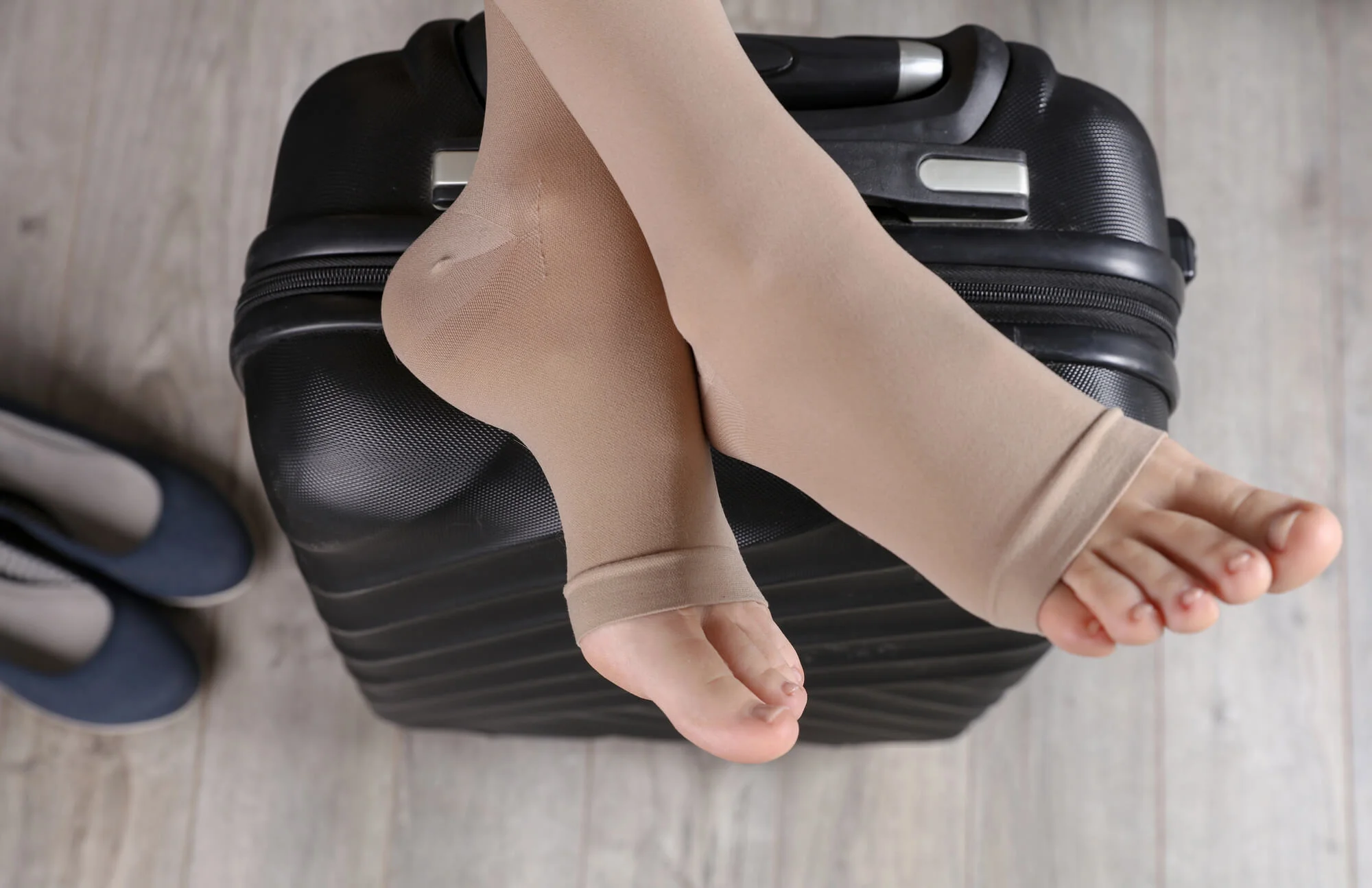Blog

How to Choose the Right Pressure Level in Diabetic Compression Socks: A Complete Guide
November 5, 2025
Find the right diabetic compression socks for your specific needs. Learn about pressure levels, fit, and support in this complete guide.
Read More
Compression Garments and Travel: How to Stay Comfortable and Protected on the Go
October 8, 2025
Stay travel-ready with the right lymphedema compression garments. Learn how to stay comfortable, safe, and supported wherever you go.
Read More
Lymphedema Stages Explained: When You Need Custom Compression Garments and Why
September 15, 2025
Discover the best custom compression garments for lymphedema. Learn why timing matters and how early care can prevent long-term damage.
Read More
Signs You Need Compression Garments (Even If You Don’t Think So)
August 6, 2025
Struggling with sore legs, swelling, or fatigue? Discover how compression garments improve circulation, ease discomfort, and support recovery.
Read More
How Diabetic Shoes Could Save Your Feet—And Thousands in Medical Bills
July 10, 2025
Diabetic shoes prevent foot complications and reduce costly treatments. Learn how the right pair can save money and protect your health.
Read More
What Every Woman Needs to Know About Foot Health and Fashion
June 4, 2025
Discover how diabetic shoes for women support health and style. Learn what to look for and how to get them with little or no cost.
Read MoreWebsite by: Digital Resource





